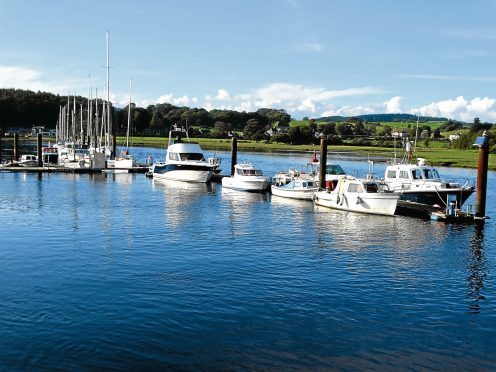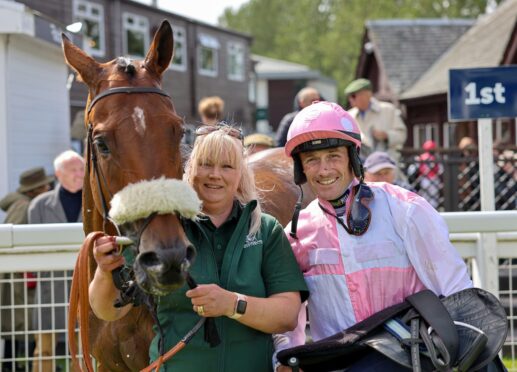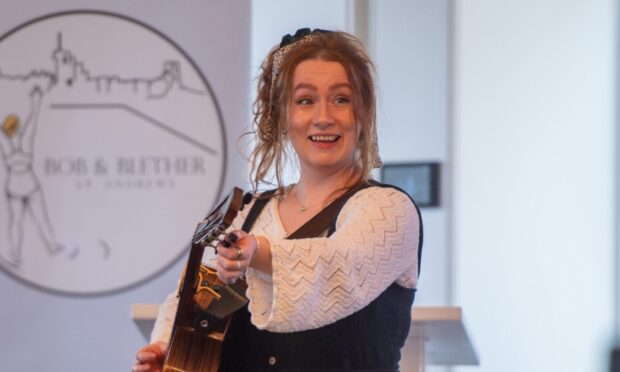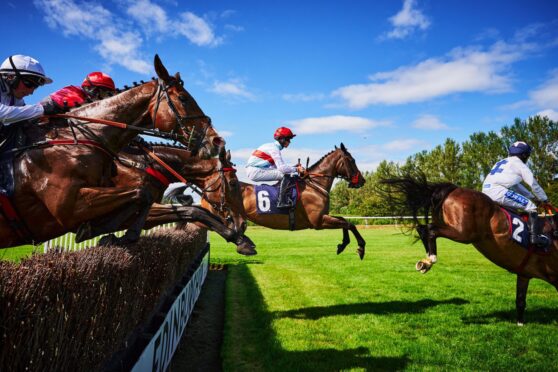The Doyenne and I are back from a week’s break in Kirkcudbright, in the Stewartry of Kirkcudbright, in Dumfries and Galloway.
The town sits at the mouth of the Border River Dee – Rabbie Burns’ bonnie Dee – which flows into Kirkcudbright Bay. We were joined by the Doyenne’s brother and his partner, staying in a self-catering converted boat house whose walls were lapped by the waters of the high tide.
Several hundred yards upstream was the harbour, which seems quite small but, I was surprised to learn, there is a fleet of some 24 fishing boats and it is the fifth-busiest fishing port in Scotland, landing mainly scallops and the smaller queenies, or queen scallops.
I was surprised, again, to be told by one of the skippers that eight of the boats would be sailing down to the English Channel to fish for a month on the French side.
The cottage looked out on a small marina. Each morning we were woken by the trilling calls of curlew on the far riverbank and sometimes by a scallop boat making its way downriver to fish.
Sandpipers hunted along the tide line. They have a distinctive, jerky bobbing action and when disturbed they fly low over the water on stiff, bowed wings, uttering piping twee-twee-twee calls.
Black-headed gulls disturbed us with their noisy, quarrelsome chatter. A sharp kronk identified a patient heron on the far bank, and an occasional cormorant flew purposefully up or down the river to only it knew where.
Colourful history
Kirkcudbright is known as the Artists’ Town or the St Ives of Scotland. Since around 1880, starting most famously with the painter Edward Hornel, one of the Glasgow Boys school of painters, it has attracted a colony of working artists. Among Hornel’s contemporaries were Charles Oppenheimer, WS MacGeorge, Jessie M King, one of the Glasgow Girls, and her husband, EA Taylor.
The town’s pastel-painted houses and shop fronts are not a reflection of this artistic heritage – it’s a charming feature of many of the towns and villages in Galloway. The impressive architecture throughout the town is an indication of how wealthy it was in previous centuries.
The 18th Century town houses of the High Street are an architectural history lesson. Between the houses are the original cobbled, crooked closes and wynds where many of the artists made their homes and had their studios.
Hornel’s home and studio – Broughton House at 12 High Street, now in the care of the National Trust for Scotland – is well worth a visit for the collection of paintings; and we were both much impressed by the Japanese garden inspired by Hornel’s travels in the Far East.
The Kirkcudbright Tolbooth – built in 1629 as the Toon Buildings and Sheriff Court and Debtors’ Prison – now houses an art centre. I congratulated the lady in the office for her foresight in putting out a bowl of fresh water for passing thirsty dogs.
New horizons
Having spent many holidays in the north-west of Scotland, the Doyenne and I are discovering the attractions of the south-west. It’s a largely overlooked part of Scotland; a place for slow living, if for no other reason than that most of the roads are narrow and twisting.
The warm ocean currents of the Gulf Stream passing up our west coast create a temperate climate, although from the number of stunted, wind-blasted trees it’s clear the winters can get pretty coorse. The agriculture is almost wholly grass – for beef and dairy, and sheep. Hedges and dry-stane dykes mark out the fields and it’s green as far as the eye can see.
The leaves were starting to turn, the bracken dying back to its winter crotal brown, hips and haws on the wild roses and hawthorns, and bramble bushes still hanging with ripe fruit. I thought the Doyenne was unnecessarily sharp when I suggested spending an hour picking some to take home with us.
Incy-wincy spider
I had one nasty turn when I switched on the bedroom light. On the wall was the most enormous spider with a body about the size of a 20p piece and long, scampering legs and, for all I knew, fangs dripping with the blood of its last victim.
Luckily, brother-in-law Roger is adept at dealing with such matters and he trapped the spider in a glass and gently deposited it outside. I would have done it myself, of course, but Roger had the glass.
It happened that I had picked up a pocketful of conkers from a spreading chestnut tree growing beside MacLellan’s Castle, the well-preserved 16th Century tower house in the centre of the town. Joan advised putting a bowl of conkers on the window sill and their noxious effluxions would discourage any further spiders from coming into the house.
We certainly saw no more spiders, and perhaps the one was an isolated case. I query whether the conker remedy is any more than colourful folklore – much like putting corks under your pillow to prevent night-time cramps – but perhaps readers can throw some light on the matter.
Don’t Miss The Whitsons’ Kitchen – Angus and the Doyenne’s take on The Great British Bake Off – every Wednesday in The Courier.










